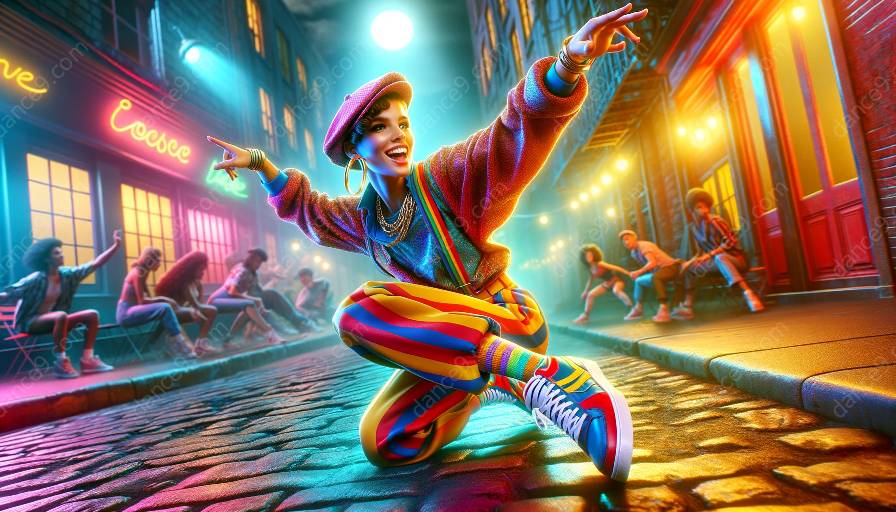Dance, as an art form, is deeply influenced by culture, history, and societal norms. Locking, a unique and energetic dance style, has been significantly shaped by cultural influences, from its origins in African American and funk culture to its integration into mainstream dance classes.
Origins in African American Culture
Locking originated in the 1970s in Los Angeles and is rooted in African American culture. Influenced by funk music, street dance, and the social and political climate of the time, locking emerged as a way for individuals to express themselves and build community through dance.
Funk Influence
The funk music genre played a crucial role in the development of locking. Its upbeat rhythms and syncopated beats provided the perfect backdrop for the high-energy and often humorous movements of locking. The dance style was deeply intertwined with the music, with dancers often improvising their moves in response to the music's dynamic rhythms.
International Influence
Locking's cultural impact extended beyond the United States and had a global reach. As funk music gained popularity worldwide, locking dance style spread to different corners of the globe, integrating various cultural nuances and interpretations. This international influence added diversity and richness to locking, making it a truly global dance form.
Adaptation into Dance Classes
Locking has made its way into dance classes and studios, where its cultural influences continue to shape the dance education landscape. By incorporating locking into dance classes, instructors can provide students with a unique opportunity to learn about the dance's cultural roots and its significance in shaping contemporary dance styles.
Integration of Cultural Music
When teaching locking in dance classes, instructors often integrate funk music and highlight its cultural and historical significance. This not only enriches the dance experience but also educates students about the music's influence on the movement and style of locking. Understanding the cultural context adds depth to the learning process and fosters a greater appreciation for the art form.
Conclusion
The cultural influences that have shaped locking dance style are diverse and far-reaching, spanning across time, geography, and musical traditions. By understanding and honoring these influences, dancers and instructors can engage more deeply with the art form, gaining a richer appreciation for its cultural significance.













































































